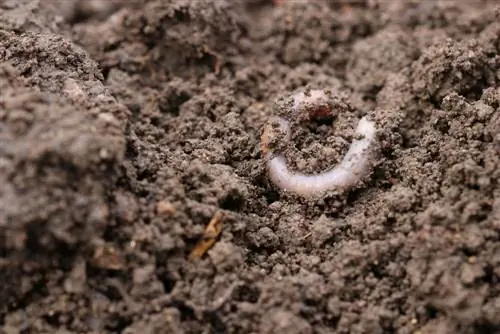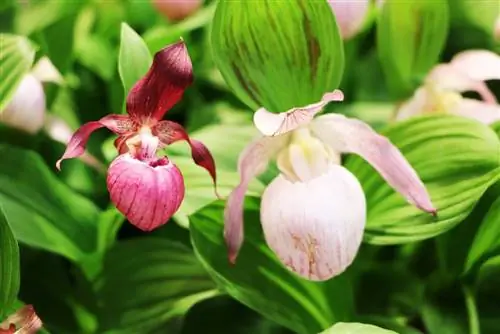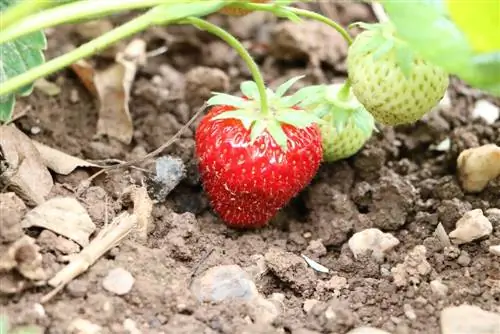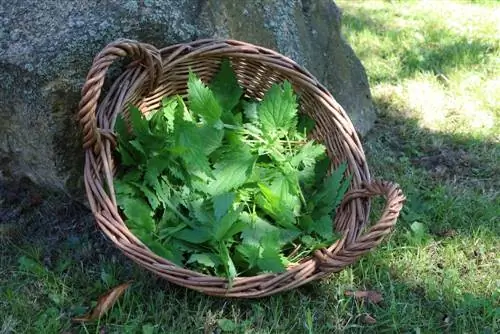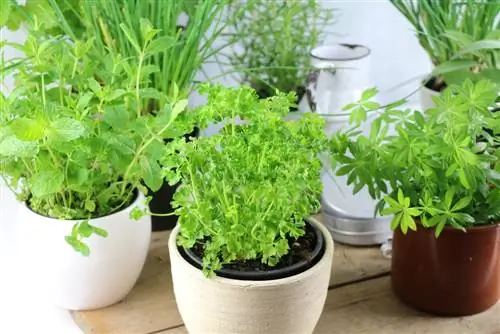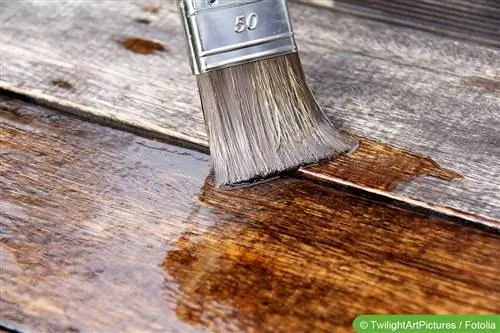- Author admin [email protected].
- Public 2023-12-17 03:39.
- Last modified 2025-01-24 12:45.
When it comes to planting substrate, many people first think of the small beads of hydroponics. But the term encompasses much more than that. It basically means any type of breeding ground on which plants of all kinds grow, thrive and find support. This can be the soil in the garden as well as a specially mixed orchid soil or rock wool soaked in nutrients.
Substrates
Planting substrates are almost as numerous as there are sand on the seashore. The offers in specialist retailers are almost confusing. The situation is very similar with recipes and tips on how ordinary garden soil should be enriched. However, all substrates have one thing in common - they are intended to form the optimal breeding ground for plants. However, since their needs differ considerably, the composition of the respective substrate must also differ from others. How the cultivation takes place also plays a role. The almost industrial cultivation of tomatoes in large greenhouses requires different substrates than, for example, growing tomatoes in garden beds. Basically, three types of plant substrates can be determined:
- Earths
- standardized growing media
- industrially produced soils
Each of these species can be divided into countless subspecies. The decisive role is always played by the individual components and the relationship in which they stand with one another. The classification is not always obvious at first glance. Potting soil from specialist retailers, for example, is industrially produced soil with a very high humus content. If, on the other hand, you use the soil from a molehill as potting soil, it is logically completely natural soil.
Earths
Earth is, in a sense, the ultimate substrate. Unfortunately, the following also applies: Earth is not the same as earth. For this reason, people often talk about soils in this context. It gets really complicated because a distinction must also be made between the main soil and auxiliary soil or additives. The main earths are:
- Compost soil
- dungbeds
- Lauberden
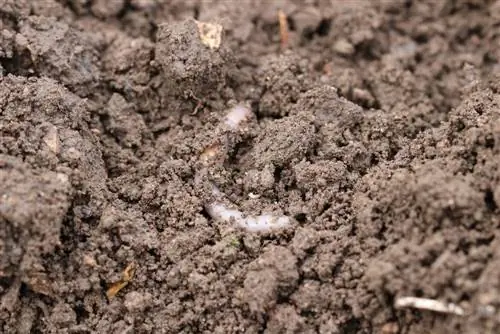
The term auxiliary soil includes, for example, bog soil or coniferous soil. Typical aggregates are sand, clay, loam or stone chippings. This makes it clear that the earths are ultimately a mixture. This also applies explicitly to the garden soil. If you add sand to the soil when planting to ensure better water drainage and avoid waterlogging, you are preparing a special substrate.
Standardized growing media
The standardized growing media are usually ready-made mixes from specialist retailers. They consist mainly of peat and lime. The peat growing substrate TKS 1, for example, is composed of white peat and carbonic lime with a pH value between 5.0 and 6.0. It is particularly suitable for sowing and transplanting. There are also the so-called standard soils, mixtures of clay, white peat, black peat and lime. They are divided into type 0, type P and type T. Finally, the bark culture substrate RKS should also be mentioned here. It is composed of bark humus, clay, white peat, black peat and lime.
Tip:
Standardized growing media is available ready-mixed and packaged from specialist garden shops. Which substrate is suitable for which purpose or for which plant can be found in tables that are usually displayed in stores.
Industrially produced soils
Standardized growing media are often classified as industrially produced soils. In addition, products such as expanded clay, perlite, hydroponics, plastics such as Styromull or rock wool made from dolomite also come under this term. Typical potting soil is also an industrially produced soil. It usually consists of humus or peat, lime and special nutrients. What is typical for all industrial soil products is that they are guaranteed to be free of pests or pathogens. In addition, they usually also have a lower density or a lower weight.
Which substrate?
Basically all of these substrates are suitable for growing plants. Which one you choose essentially depends on the plant that is to be cultivated and the intensity of the cultivation. It would be going too far and going beyond the scope of this issue to assign a specific substrate to a specific plant. However, there are a few rules of thumb that can be used as a rough guide.
- For seeds that are to be sown, a particularly loose and particularly nutrient-rich substrate is necessary. Sowing soils are particularly suitable here.
- Flowers and a number of other flowering plants require a humus-rich, very loose substrate such as specially mixed potting soil.
- Plants that are sensitive to waterlogging or do not need as much water thrive best in sandy, loose substrates.
- A plant with a very high water requirement should be grown in a mixture with a high clay or loam content.
- Basically, the pH value of the substrate should match the needs of the respective plant.
Tip:
The pH value is in most cases stated on the packaging of ready-made mixtures from retailers. You can often find assignments to specific plants there.
Mixing substrates
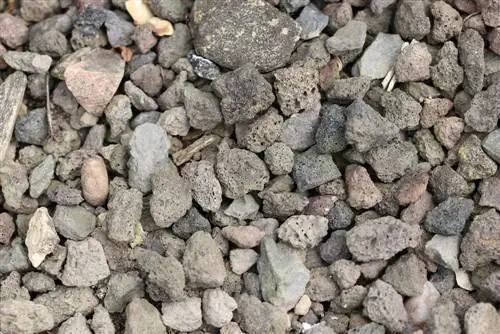
Hobby gardeners will usually use soil from their own garden and use it as the main soil. However, in order to adjust the substrate to a specific type of plant, secondary soil and additives are usually necessary. In order to find the right mixture, you first have to take a close look at the main soil. For example, additional sand should not be added to an already sandy soil. Clay can be useful here. You also usually need a fair amount of humus. The exact composition always depends on the respective plant. As a general rule, however, the individual components of the substrate should be well mixed and evenly distributed.
Substrates and fertilizers
Plant substrates give the plants support, regulate the water supply and, last but not least, provide them with nutrients. However, the latter does not mean that the nutrient requirements are covered at all times. Since every plant needs nutrients to grow, it gets them from its planting substrate. The supply is naturally limited. If it is used up, this can quickly lead to problems. Consequently, the nutrients in any planting medium must be replenished regularly. This is done by fertilizing or adding fertilizer. Either you mix humus or manure into the substrate at certain intervals or you use ready-made fertilizer from the market.

